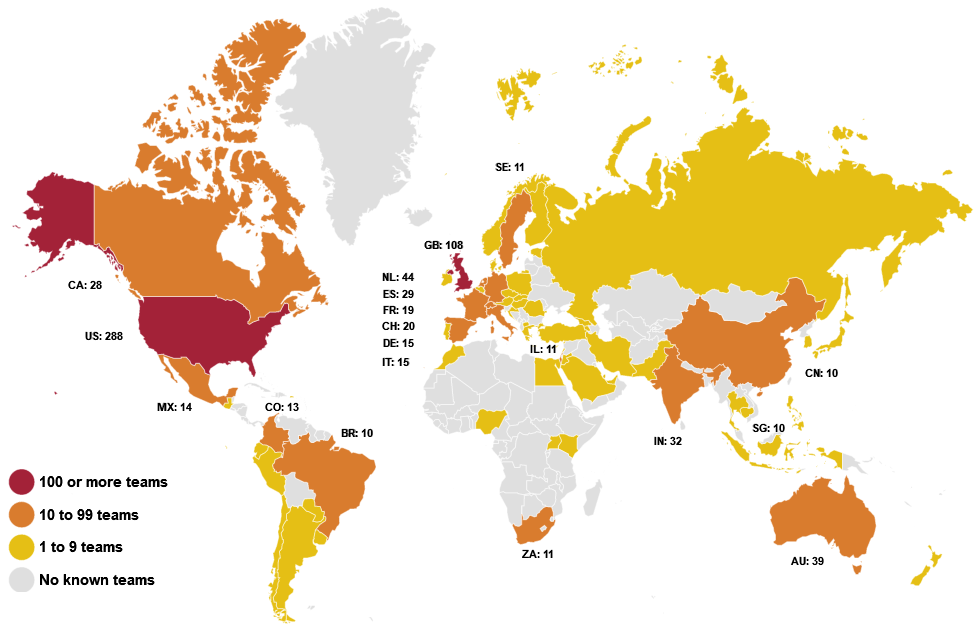Article by Stefaan G. Verhulst and Artur Kluz: “Technology has always played a crucial role in human history, both in winning wars and building peace. Even Leonardo da Vinci, the genius of the Renaissance time, in his 1482 letter to Ludovico Il Moro Sforza, Duke of Milan promised to invent new technological warfare for attack or defense. While serving top military and political leaders, he was working on technological advancements that could potentially have a significant impact on geopolitics.

Today, we are living in exceptional times, where disruptive technologies such as AI, space-based technologies, quantum computing, and many others are leading to the reimagination of everything around us and transforming our lives, state interactions in the global arena, and wars. The next great industrial revolution may well be occurring over 250 miles above us in outer space and putting our world into a new perspective. This is not just a technological transformation; this is a social and human transformation.
Perhaps to a greater extent than ever since World War II, recent news has been dominated by talk of war, as well as the destructive power of AI for human existence. The headlines are of missiles and offensives in Ukraine, of possible — and catastrophic — conflict over Taiwan, and of AI as humanity’s biggest existential threat.
A critical difference between this era and earlier times of conflict is the potential role of technology for peace. Along with traditional weaponry and armaments, it is clear that new space, data, and various other information and communication technologies will play an increasingly prominent role in 21st-century conflicts, especially when combined.
Much of the discussion today focuses on the potential offensive capabilities of technology. In a recent report titled “Seven Critical Technologies for Winning the Next War”, CSIS highlighted that “the next war will be fought on a high-tech battlefield….The consequences of failure on any of these technologies are tremendous — they could make the difference between victory and defeat.”
However, in the following discussion, we shift our focus to a distinctly different aspect of technology — its potential to cultivate peace and prevent conflicts. We present seven forms of PeaceTech, which encompass technologies that can actively avert or alleviate conflicts. These technologies are part of a broader range of innovations that contribute to the greater good of society and foster the overall well-being of humanity.
The application of frontier technologies has speedy, broad, and impactful effects in building peace. From preventing military conflicts and disinformation, connecting people, facilitating dialogue, drone delivery of humanitarian aid, and solving water access conflicts, to satellite imagery to monitor human rights violations and monitor peacekeeping efforts; technology has demonstrated its strong footprint in building peace.
One important caveat is in order: readers may note the absence of data in the list below. We have chosen to include data as a cross-cutting category that applies across the seven technologies. This points to the ubiquity of data in today’s digital ecology. In an era of rapid datafication, data can no longer be classified as a single technology, but rather as an asset or tool embedded within virtually every other technology. (See our writings on the role of data for peace here)…(More)”.

